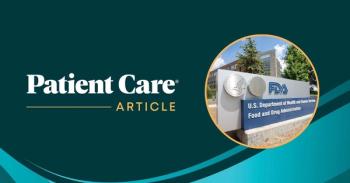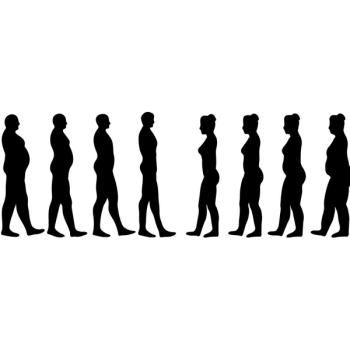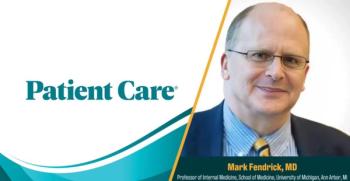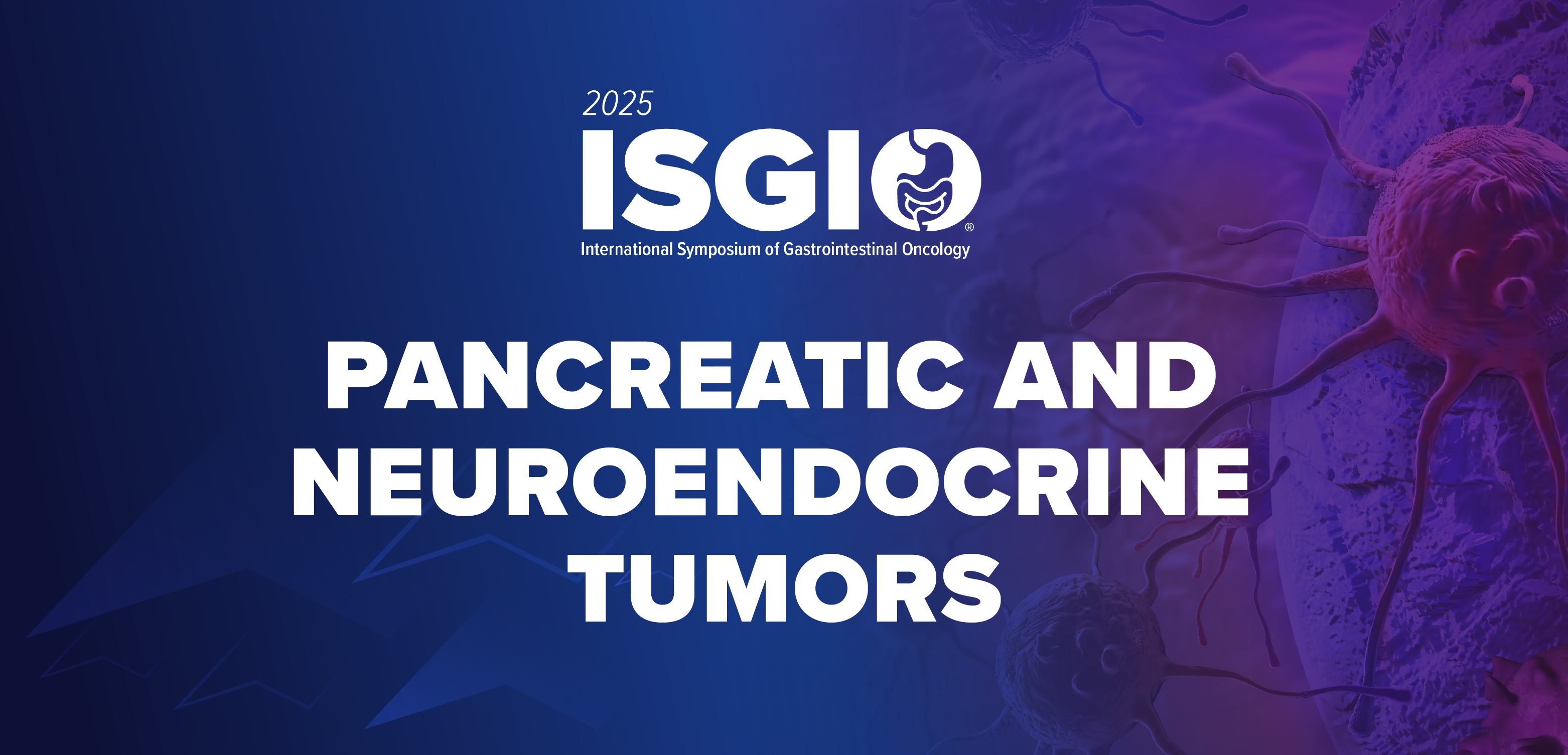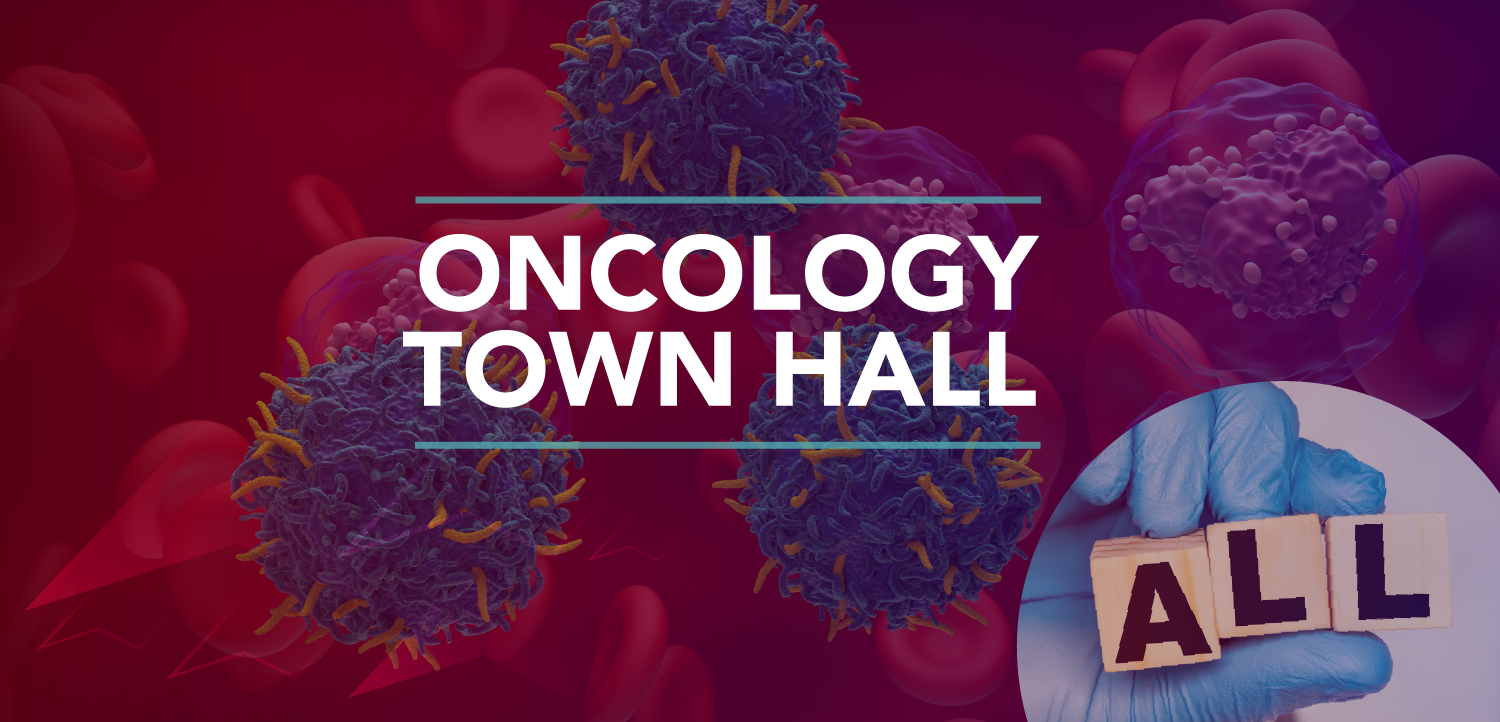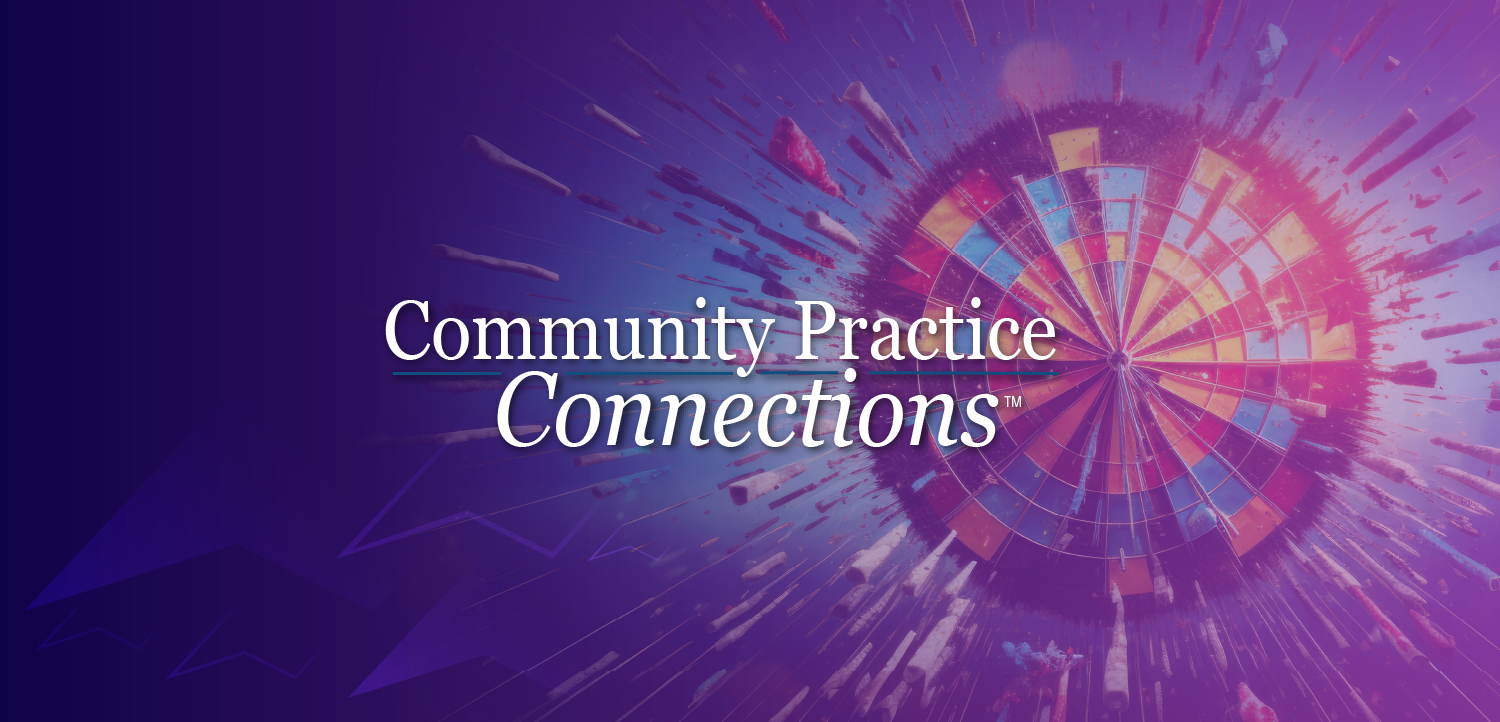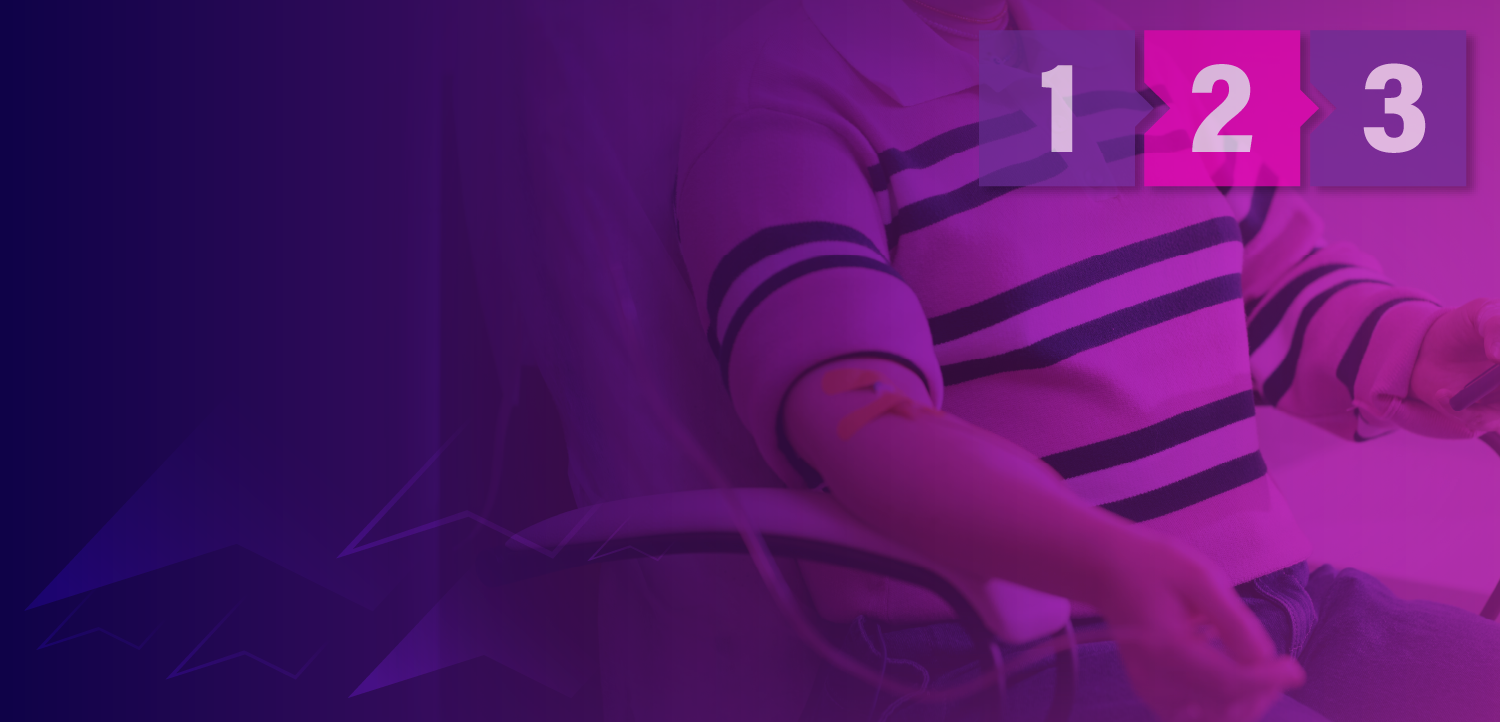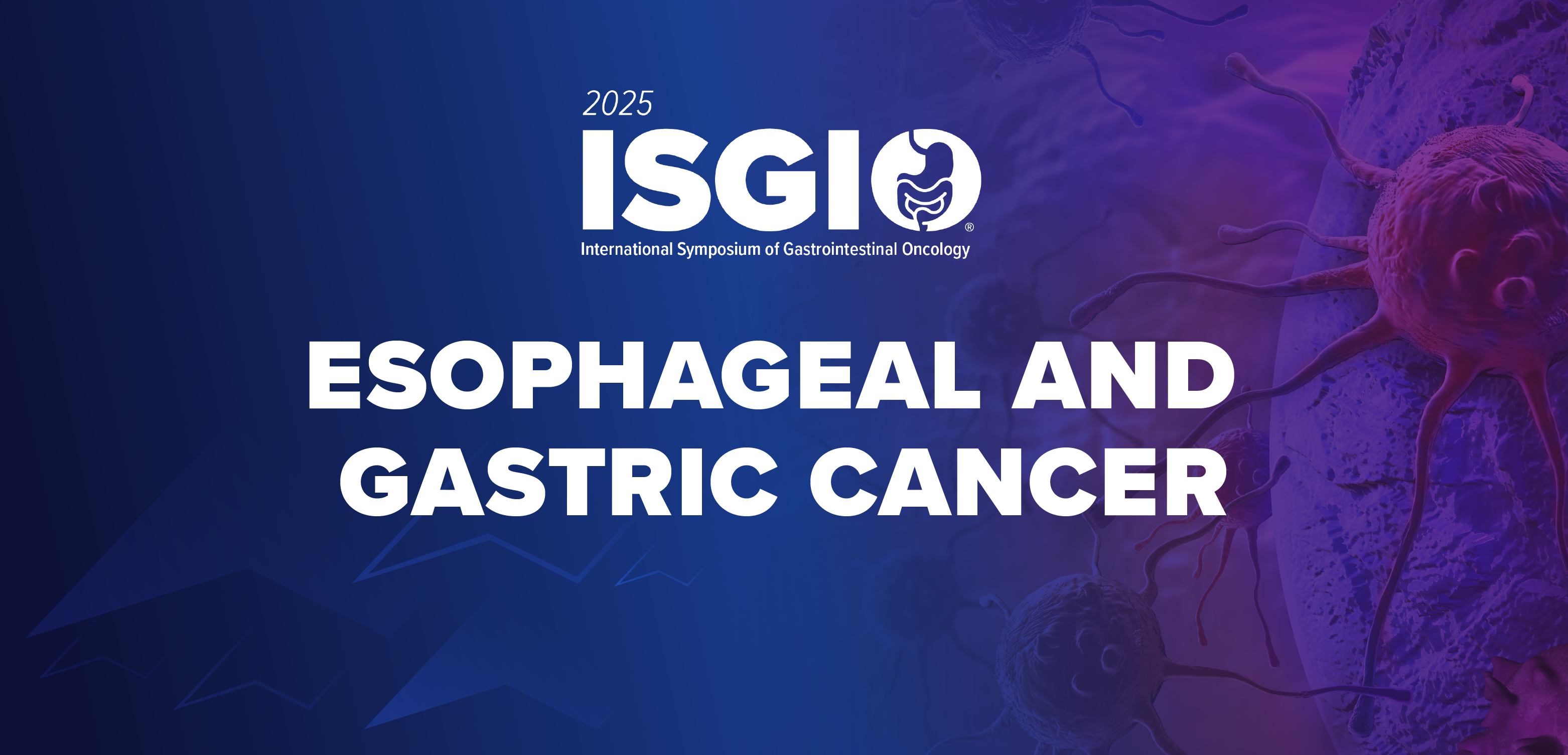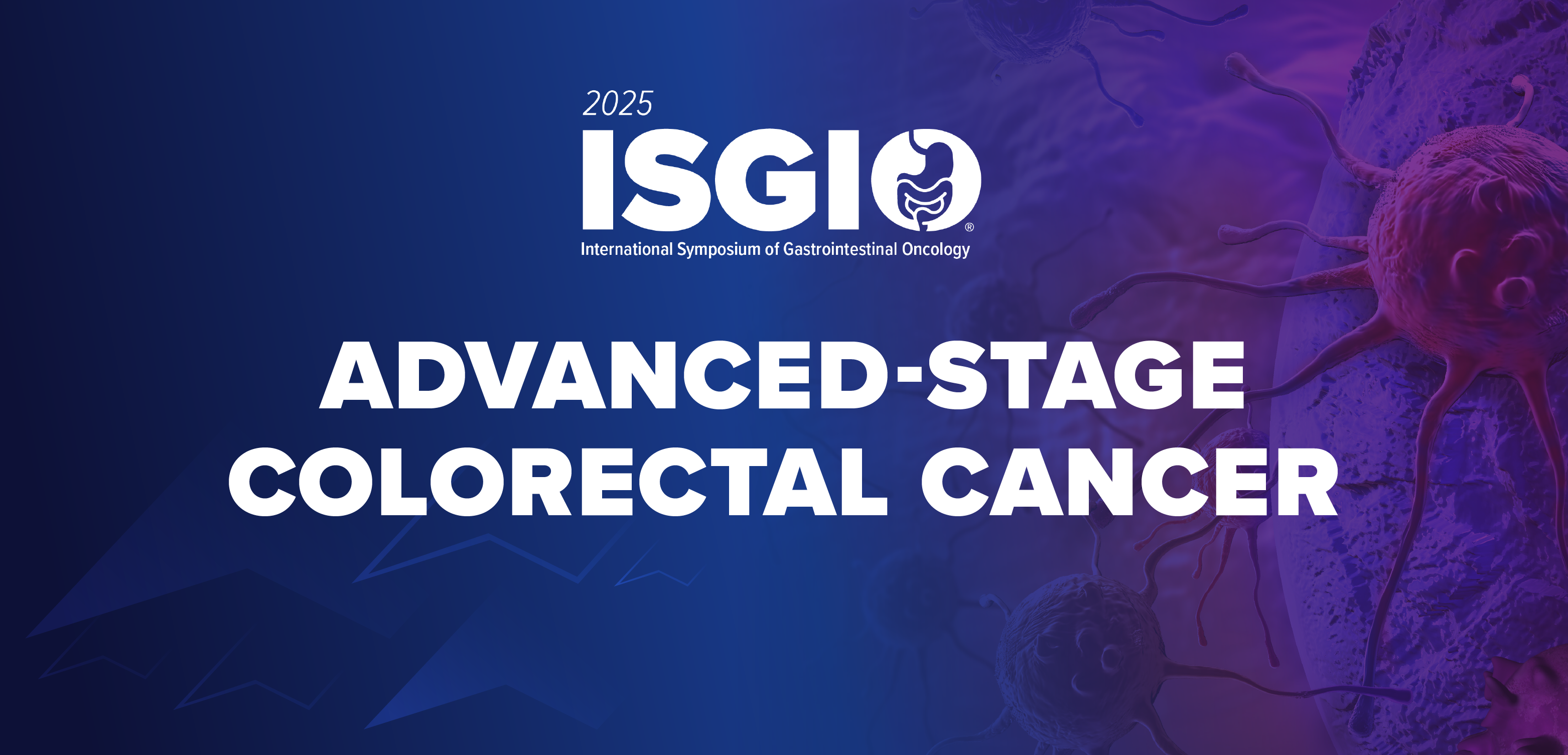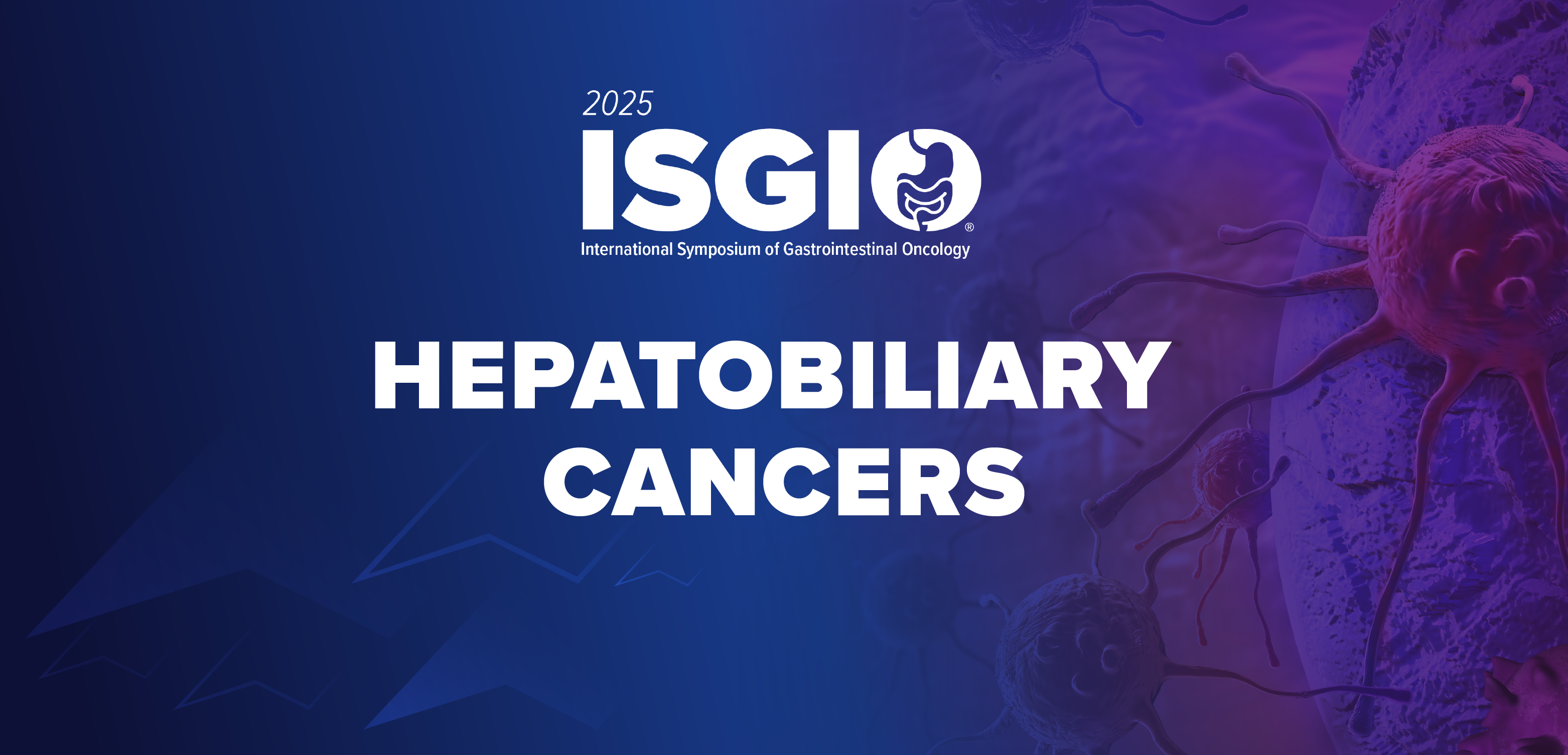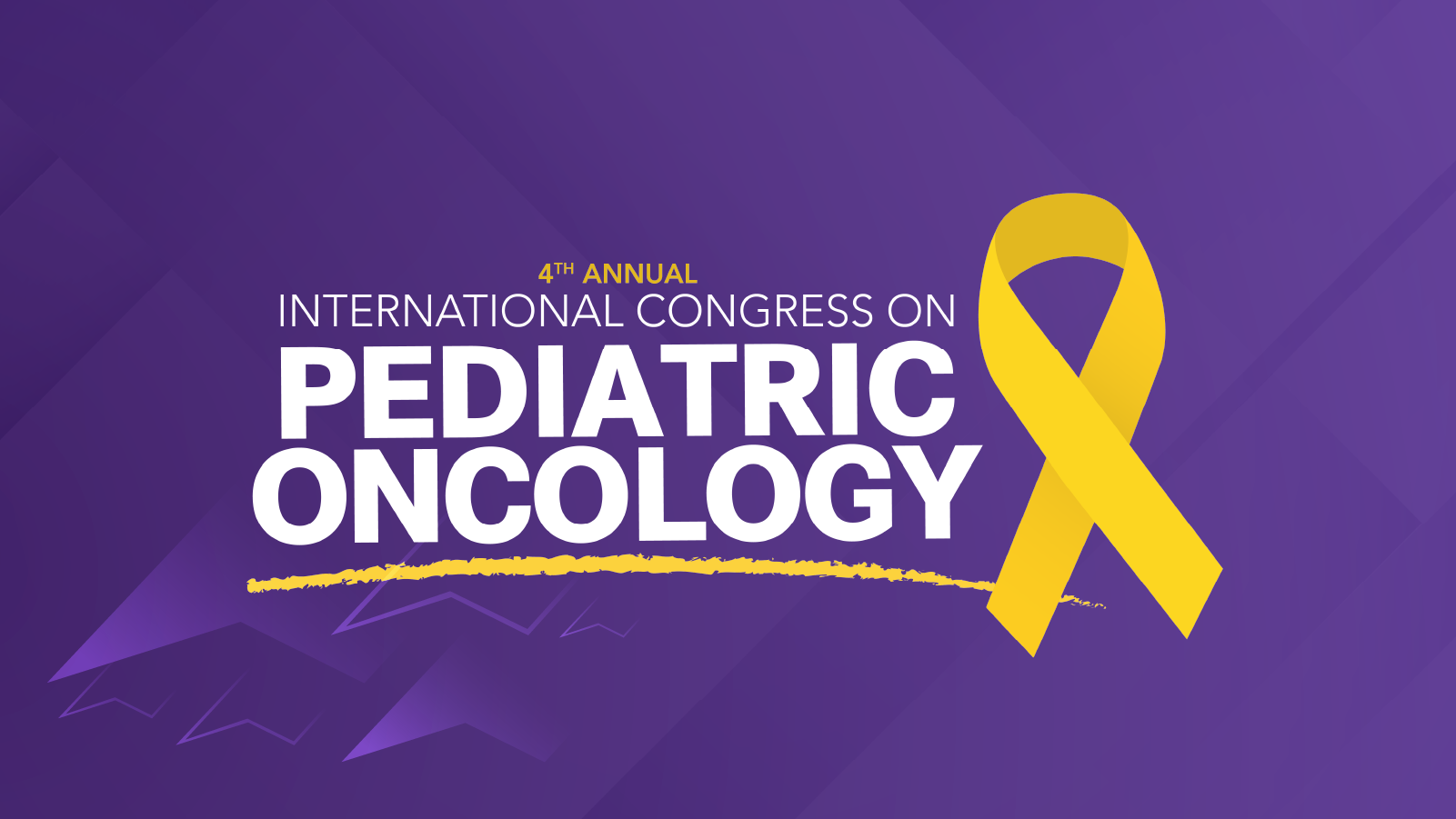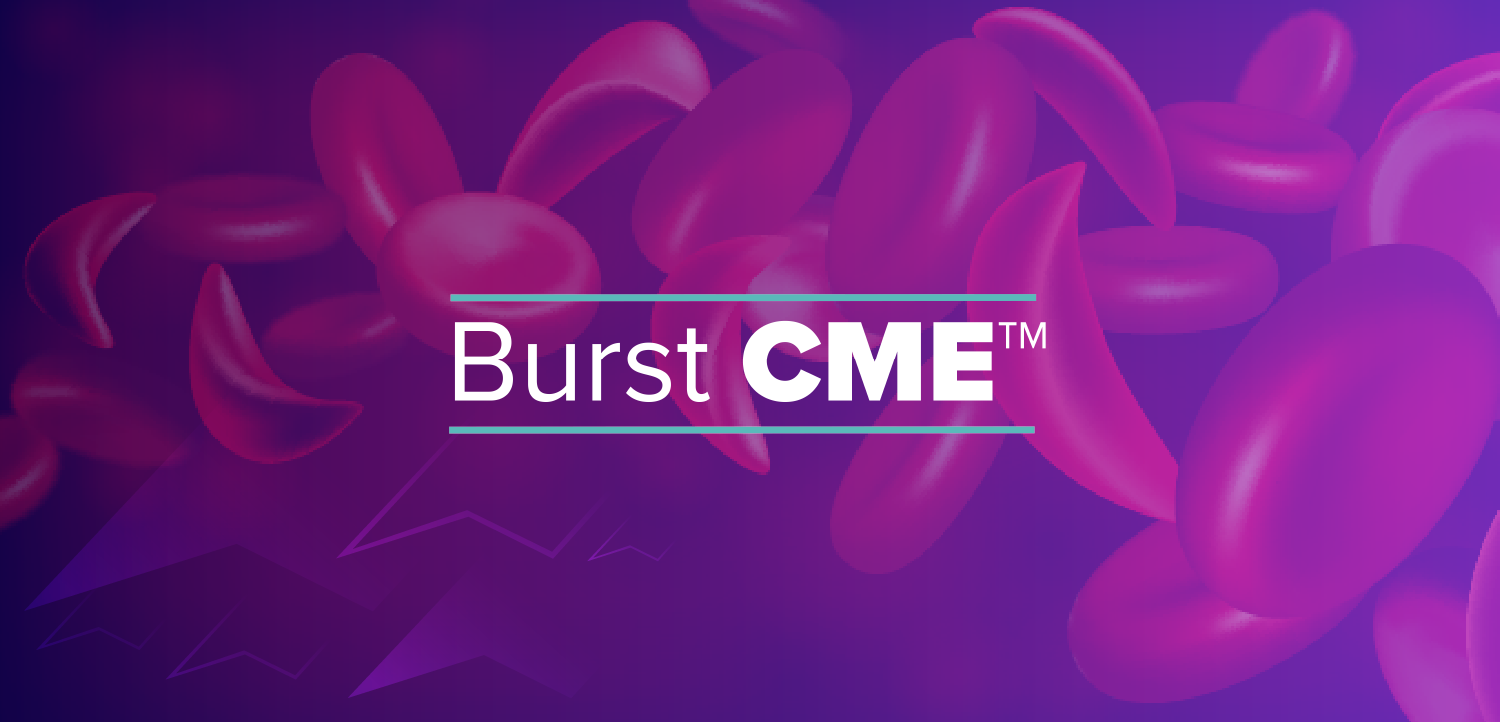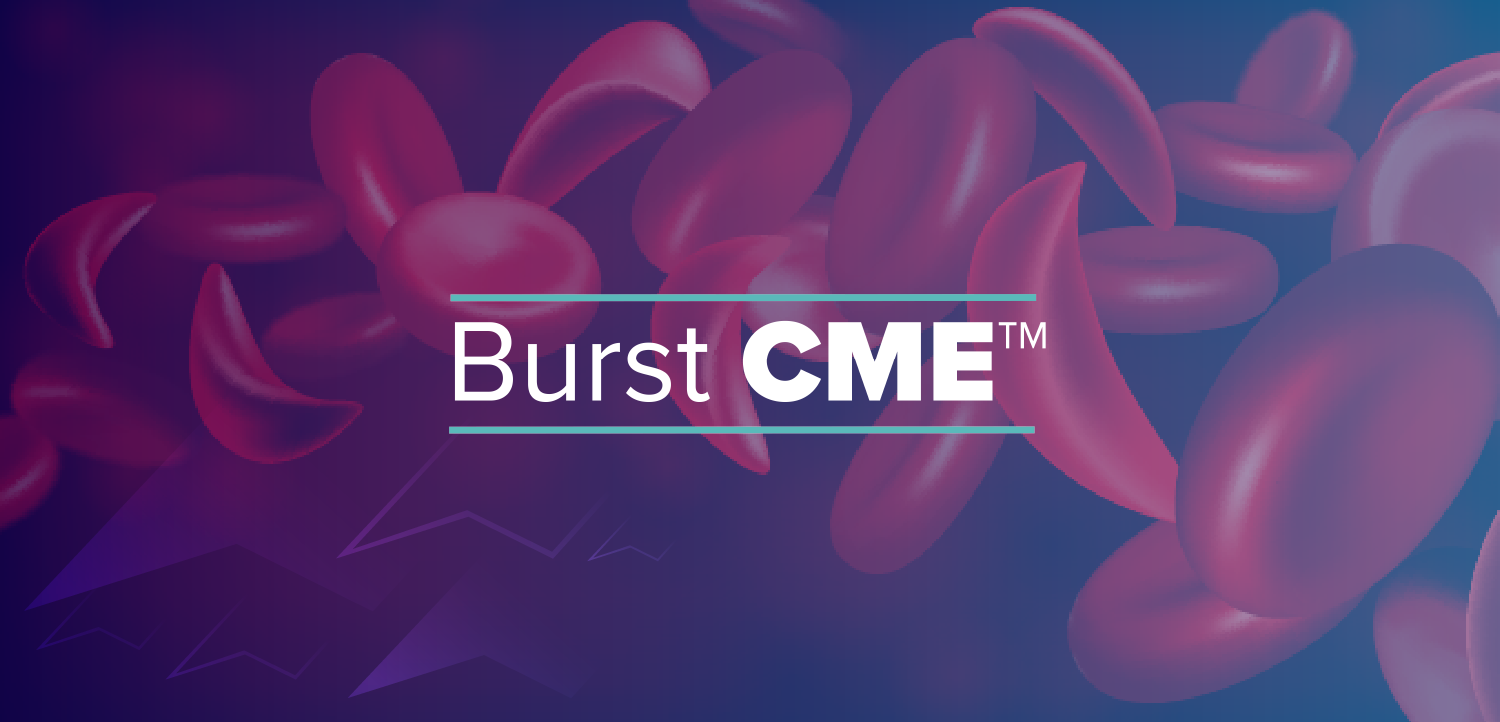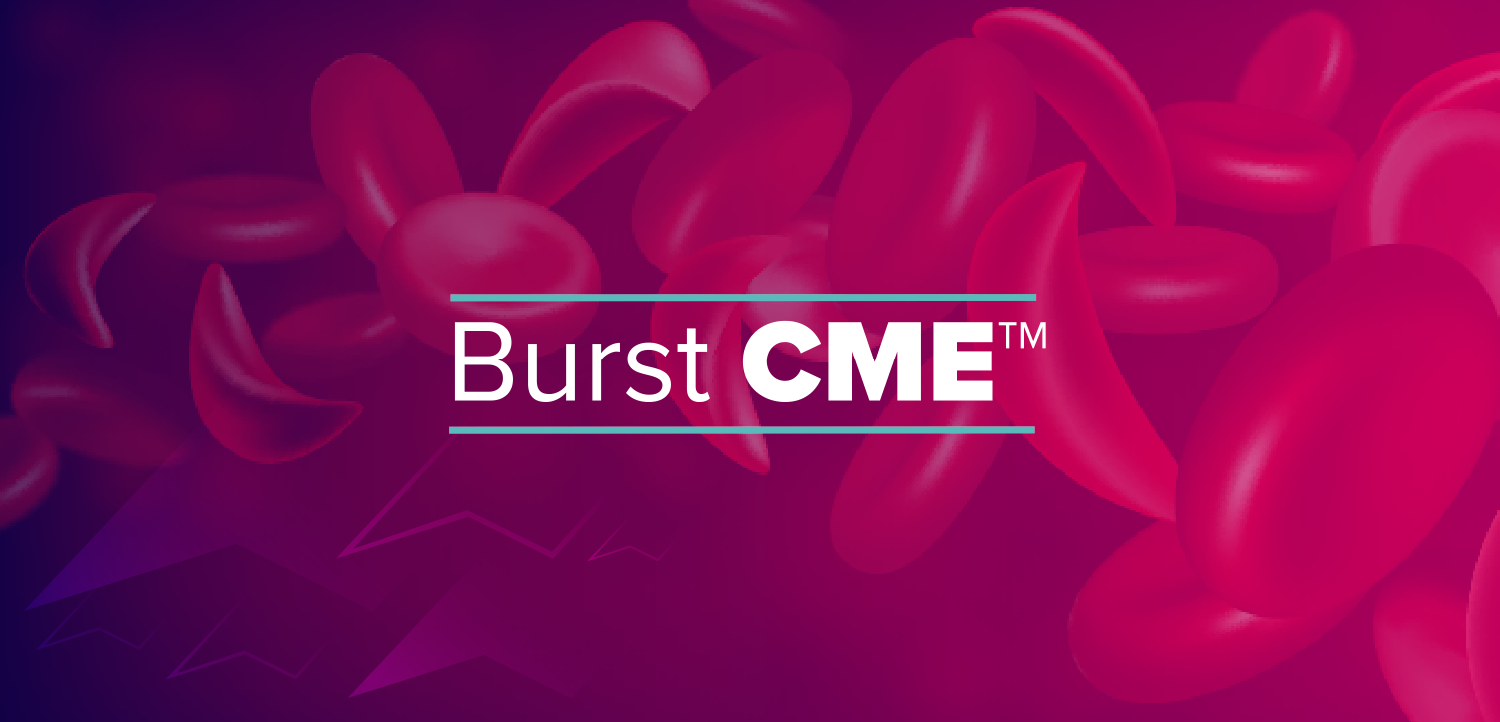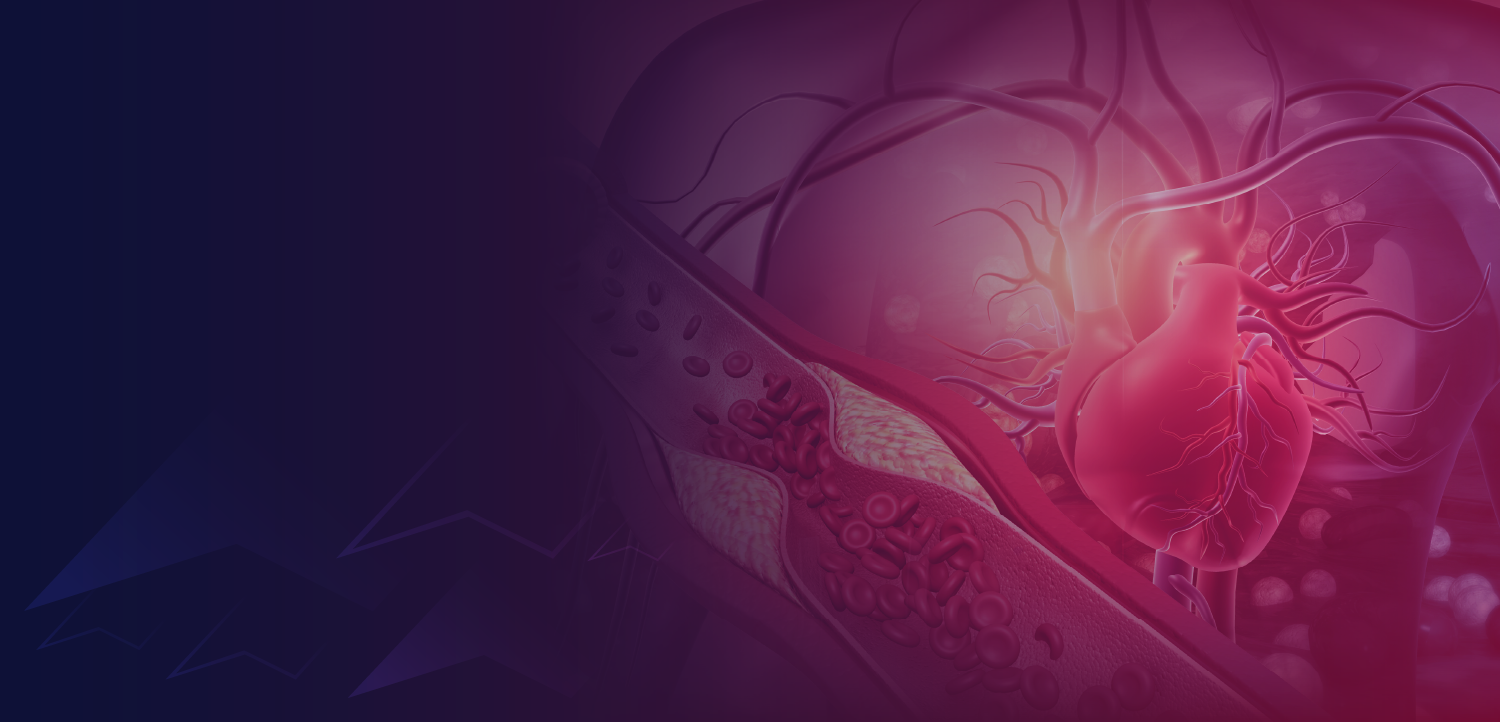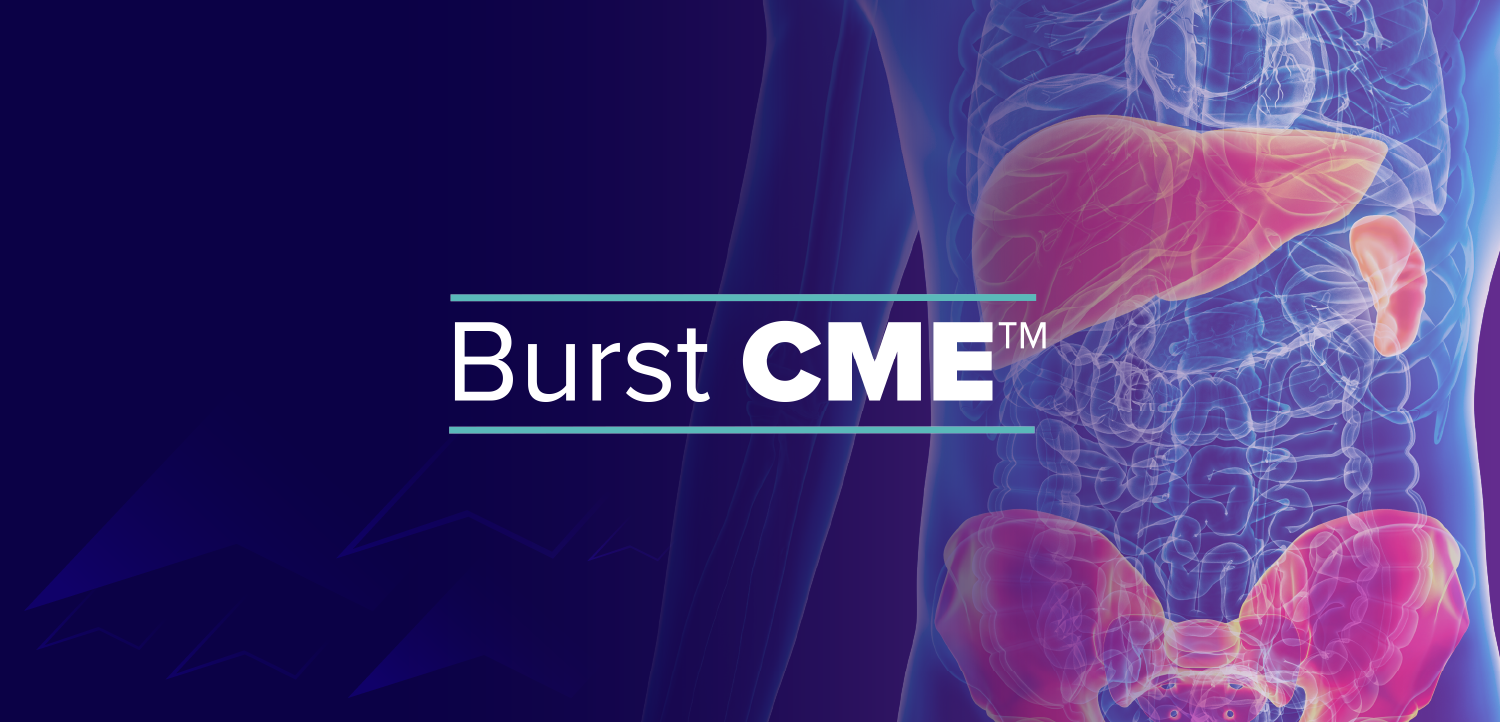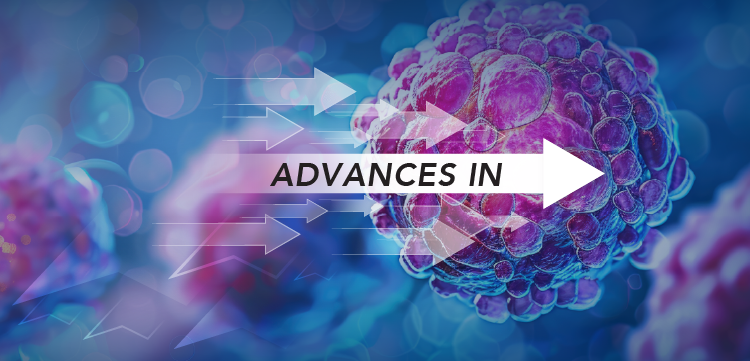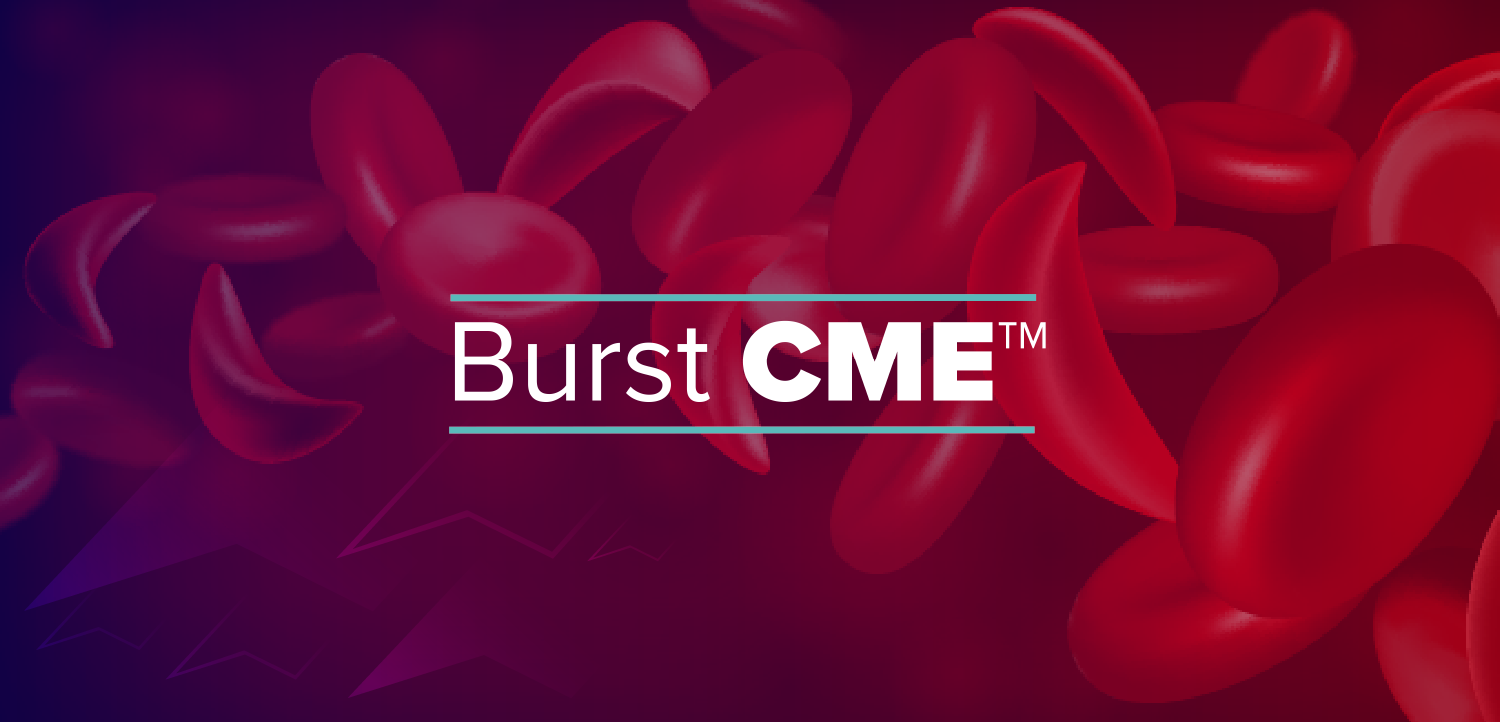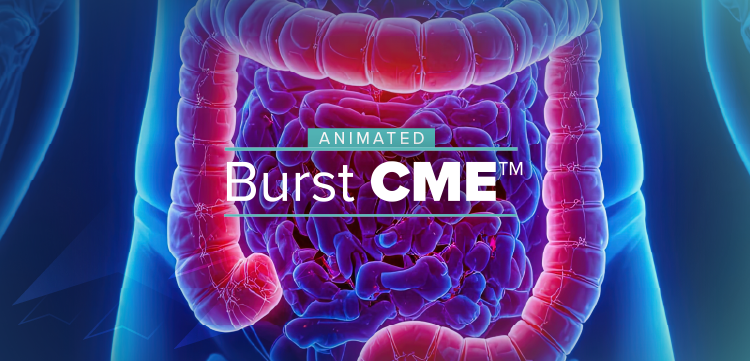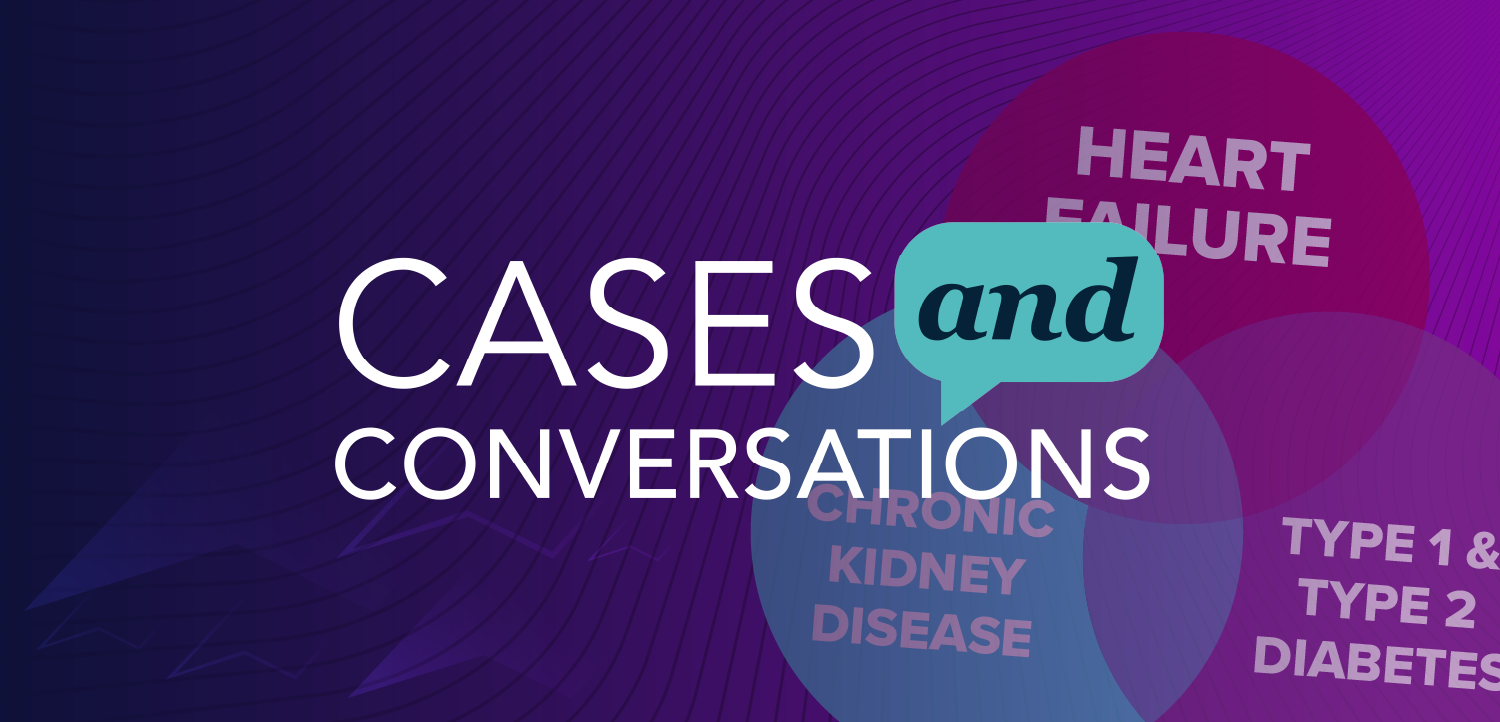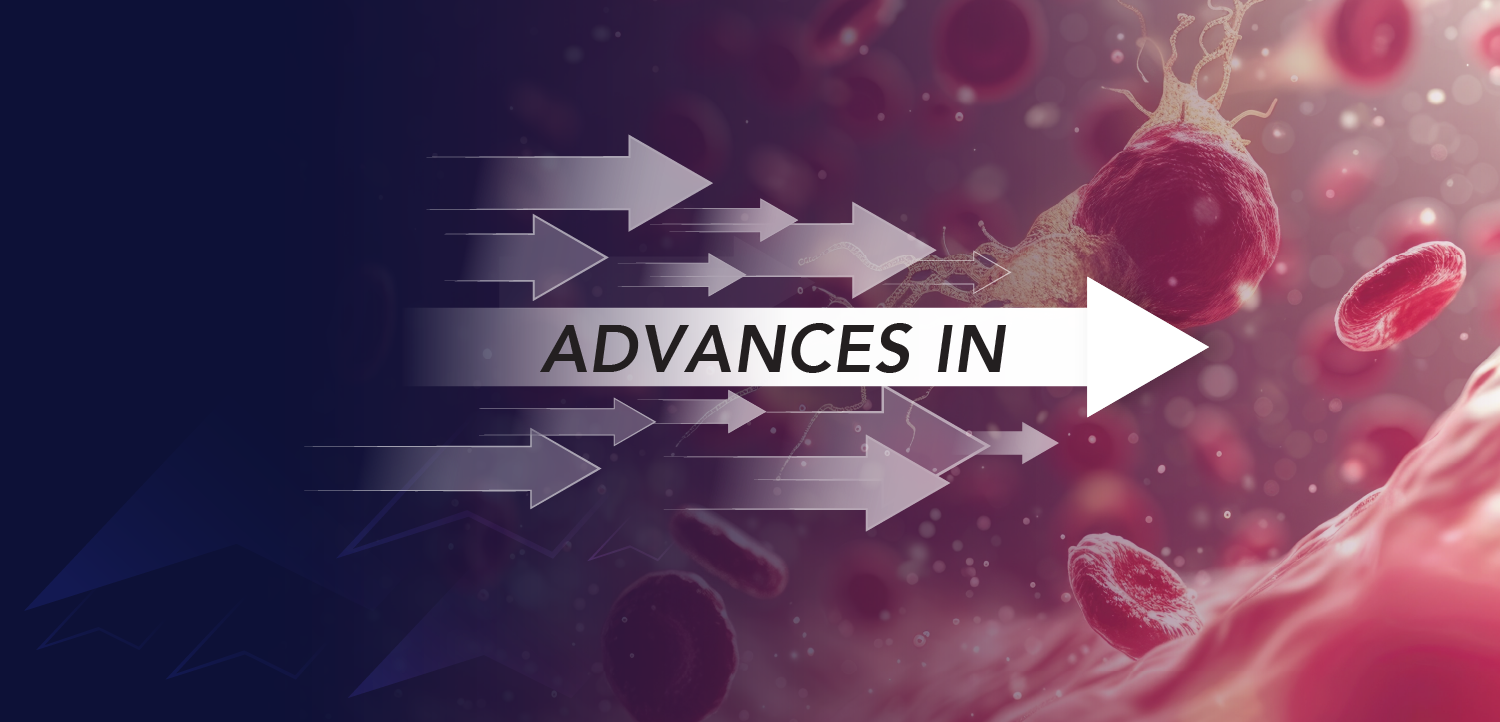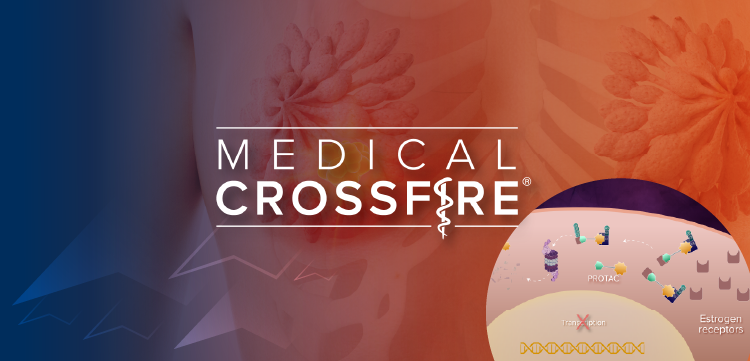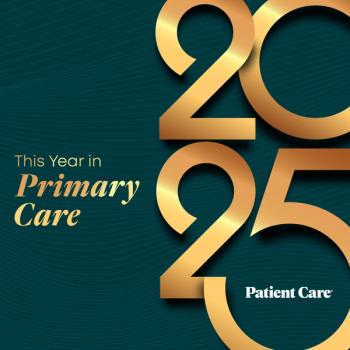
4 Dangerous Holiday Food-Drug Interactions
With the holiday season in full swing, you will want to remind your patients of these 4 hazardous holiday food and drug interactions.
It’s the season again! Family and friends are arriving, there is lots of great food and drink, and there is all the last-minute shopping to be done. Probably the last thing on most of our patients’ minds at this time of the year is their health.
It could be a good time, perhaps during a routine office visit, to remind all of your patients about dangerous holiday food-drug interactions. Here are my top picks to help keep them and their loved one safe during their holiday feasts.
Newsletter
Enhance your clinical practice with the Patient Care newsletter, offering the latest evidence-based guidelines, diagnostic insights, and treatment strategies for primary care physicians.

